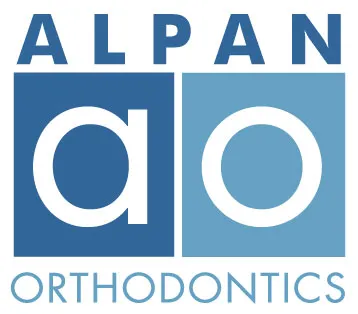Los Angeles, CA – Dr. David Alpan, a Los Angeles pediatric orthodontics provider, notes that the temporomandibular joint (TMJ) is one of the most complex in the human body. TMJ collectively refers to the jaw bone and the associated muscles and ligaments. Everything works together to create some complex motions – such as the combination of rotating and gliding that opens and closes your mouth – and permits you to chew and speak. Problems with the correct operation of the joint are called TMJ disorders (TMD).
Dr. Alpan, a braces provider explains: “The majority of Americans have some TMD. But, only few of these people will get the help they need. If you are experiencing many of the symptoms, contact a dentist who can supply a wide range of treatments.”
Symptoms: Among the symptoms of TMD are:
- Pain in the face
- Pain in the jaw
- Soreness in the neck or shoulders
- Headaches
- Limited range of motion in the jaw
- Cracked or worn teeth
- Tooth pain
- Jaw locking
- Tingling or numbness in the arms
- A popping sound in the jaw
Arthritis or other conditions, as well as various injuries, can result in TMD; but, the cause is frequently a bad bite – when the upper and lower teeth don’t fit together properly. “Bruxism,” or teeth grinding, is another common cause for TMD. Says Dr. Alpan, an orthodontics provider: “TMD is the result when the muscles in the face must remain in an unnatural position for a long time. This causes pain in the face, jaw, neck, and elsewhere.”
Diagnosis: A specialist will perform a complete examination, seeking out pain in the joints and muscles, jaw noises, or difficulty moving. The dentist may also take x-rays or an impression of your teeth that shows how they fit together. Be sure to give the specialist details of your medical history.
“Many dentists misdiagnose or ignore TMD,” warns Dr. Alpan, who specializes in orthodontics for children. “Some don’t know much about the symptoms or treatments for TMD. Be sure to find someone who specializes in your problem and who will listen to your concerns.”
Treatment: Treatments for TMD include:
- Mouth guards
- Braces and other orthodontic work
- Crowns and dental procedures
- Medication
- Exercises to relax the jaw
- TENS treatment to make muscles relax
- Surgery (the last resort)
“You want a specialist who starts with the least invasive procedures,” says Dr. Alpan, a Damon Clear braces orthodontist. “Many people can see an improvement in TMD symptoms with little trouble. However, some patients require more complicated procedures.”
© 2010 Dr. David Alpan and Master Google. Authorization to post is granted, with the stipulation that Dr. David Alpan and Master Google (consulting SEO company) are credited as sole source. Linking to other sites from this press release is strictly prohibited, with the exception of herein imbedded links.
-end-


